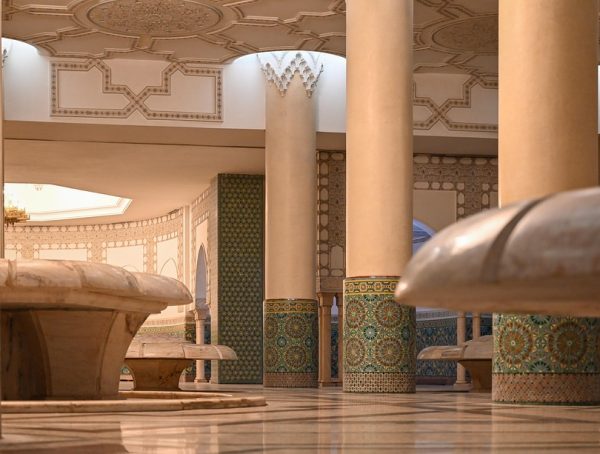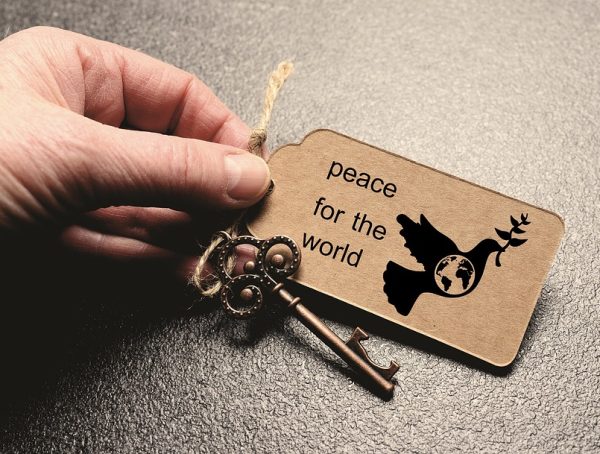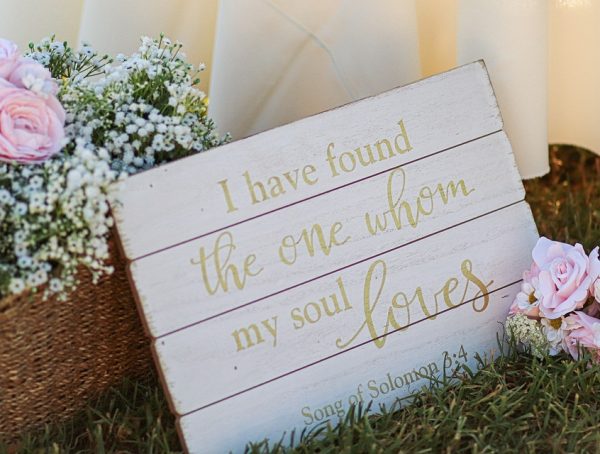How to Use Peace Symbols in Your Art and Design Projects
In today’s rapidly changing world, the quest for peace is more vital than ever. Whether through art, graphic design, or craft projects, the symbol of peace serves as a universal message that encourages harmony and understanding. By integrating peace symbols into your work, you can inspire others and contribute positively to societal change. In this article, we’ll explore how to effectively use peace symbols in your art and design projects, along with actionable steps to elevate your creative expression.
Understanding Peace Symbols
Before diving into design considerations, it’s essential to understand what peace symbols exist and their meanings. The most recognized symbol is the classic peace sign, formed by combining the semaphore signals for the letters “N” and “D” (Nuclear Disarmament) within a circle.
Other notable symbols include the dove, an ancient emblem of peace; the olive branch, a biblical sign of reconciliation; and the yin-yang, representing balance. Each symbol carries a rich history and emotional weight. Recognizing their meanings will help you select the most relevant symbols for your projects.
Action Steps for Using Peace Symbols
1. Identify Your Message
Start by determining the overall message or theme of your project. Are you advocating for global peace, personal well-being, or social justice? Your message will guide your decisions about which symbols to incorporate. Write down your main objectives and values related to peace.
2. Research Symbol Relevance
Familiarize yourself with various peace symbols and their cultures. Understanding the context will help you choose symbols that align with your message. For instance, if your focus is on reconciliation, the dove or olive branch may resonate. If environmental sustainability is a priority, consider using symbols that advocate for peace with nature, such as the Earth symbol or eco-friendly designs.
3. Choose Your Medium
Decide which medium – be it digital design, painting, sculpture, or crafts – best suits your creative vision. Each offers unique opportunities to express peace. For example, digital art can allow for intricate layering, while painting might convey a more tactile, emotional connection.
4. Integrate Symbolism Intelligently
When incorporating peace symbols, aim for balance and subtlety. It’s crucial that the symbols don’t overwhelm your other artistic elements. Instead, allow them to complement your work. For instance, if you’re creating a mural, embed the peace sign within a larger scene to convey unity without dominating the piece.
5. Experiment with Colors and Textures
Colors evoke emotions; thus, selecting the right palette is vital. Soft blues and greens often convey tranquility, while vibrant hues can spark hope and positivity. Think about incorporating textures that reflect peace; for example, watercolor techniques can create soothing, flowing designs.
6. Collaborate and Get Feedback
Share your concepts with fellow artists, designers, or friends who share your vision for peace. Collaboration can lead to innovative ideas and refinement. Setting up an informal critique session can offer valuable insights into your work and help you improve upon your initial designs.
7. Create a Series
If you’re passionate about peace, consider creating a series of works. This could range from prints, greeting cards, or digital graphics to full-blown murals. A series allows you to explore different aspects of peace deeply, while creating a cohesive body of work that can be exhibited or sold.
8. Share Your Work
Once you’ve completed your project, share it with the world! Social media is a powerful tool for artists to amplify their messages. Use platforms like Instagram, Pinterest, and Twitter to showcase your piece. Don’t forget to include relevant hashtags such as #PeaceArt, #ArtForHope, or related to your specific symbols to reach a broader audience.
9. Engage with Online Communities
Participate in online forums, art groups, or social media communities to discuss peace. Engaging with like-minded creatives allows you to spread your message further and gain inspiration from others. Platforms like Instagram and Facebook regularly host art challenges that focus on specific themes, including peace.
10. Reflect and Evolve
After sharing your work, take time to reflect on the process and its impact. Did your message resonate? Were viewers inspired? Your reflections will inform your future projects and help you grow as an artist. Art is a journey, and acknowledging its evolution is key to progress.
Final Thoughts
Using peace symbols in your art and design projects offers a unique opportunity to contribute positively to the world. Whether you’re a budding artist or an experienced professional, the power to inspire change is within your grasp. Follow these actionable steps to embody the spirit of peace in your creations, and remember that each piece holds the potential to ignite conversations, provoke thought, and spark harmony within your community.
"Creativity is the antidote to stress and negativity, so let your art shine bright and make the world a better place!"
If you enjoyed this content and want more inspiration, consider following Kevin Steineman on Instagram @KSteineman. Embrace art, peace, and community!
You might also like
More from Mindfulness
Where Peace Resides: Nature Quotes for Stillness
Where Peace Resides: Nature Quotes for Stillness In a world of incessant noise and relentless activity, finding moments of tranquility can …
A Collection of 35 Short Peace Quotes for Everyday Life
A Collection of 35 Short Peace Quotes for Everyday Life In the hustle and bustle of modern life, it’s easy to …
30 Short Quotes That Will Bring You Inner Peace
30 Short Quotes That Will Bring You Inner Peace In the hustle and bustle of everyday life, finding inner peace can …


































